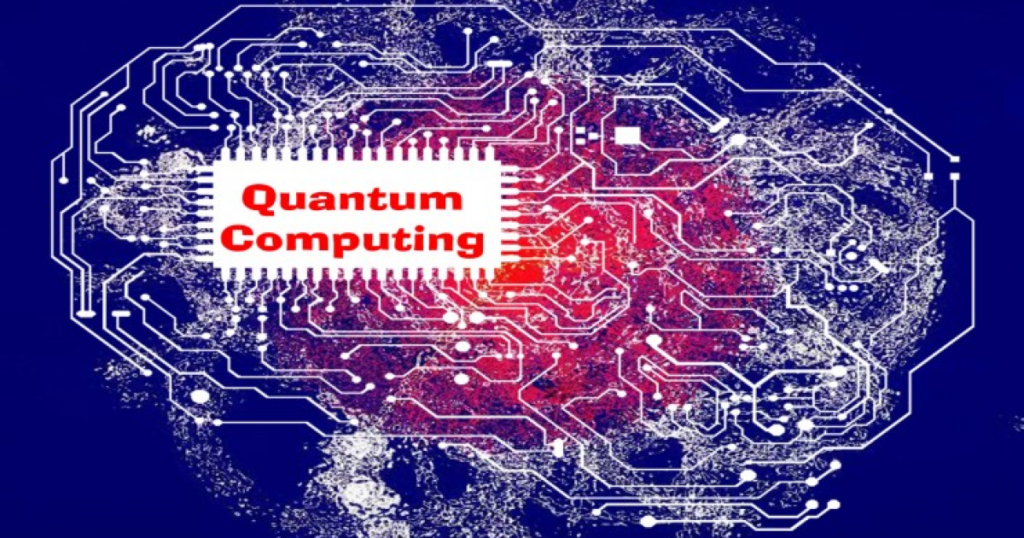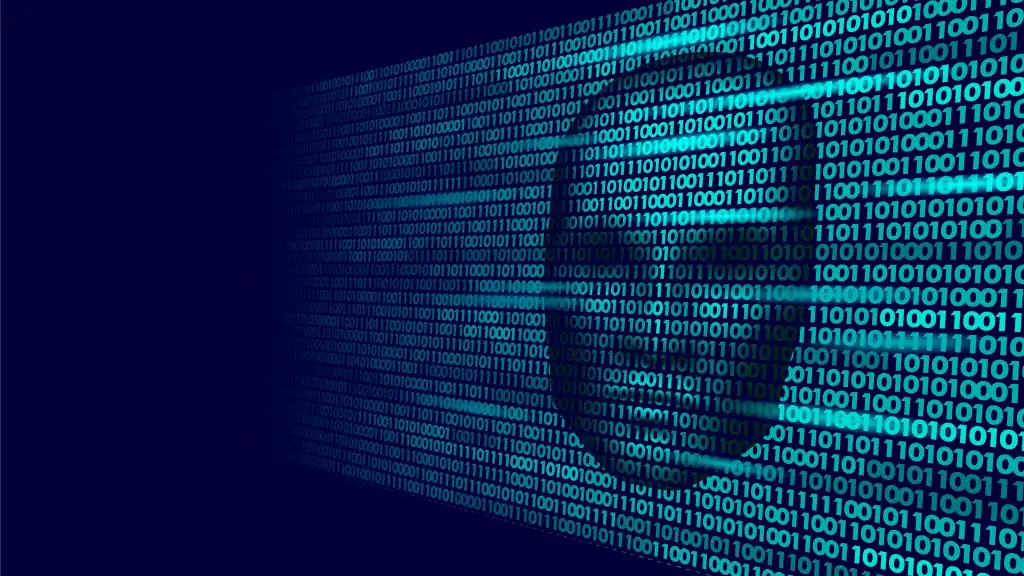Imagine a world where the locks protecting your bank account, your private messages, and even national secrets could be picked in seconds. That’s the promise and the threat of quantum computing. As this revolutionary technology inches closer to reality, it’s poised to upend cybersecurity as we know it. From breaking encryption to sparking a race for quantum-resistant solutions, the quantum era is both thrilling and unnerving. Let’s dive into what quantum computing means for our digital defenses and why the clock is ticking to prepare.
What Is Quantum Computing, Anyway?
Unlike classical computers, which process information using bits (think 0s and 1s), quantum computers use qubits. Qubits can exist in multiple states simultaneously, thanks to quantum mechanics principles like superposition and entanglement. This allows quantum computers to tackle complex problems at speeds unimaginable for today’s machines. While classical computers might take years to crack a tough encryption code, a sufficiently powerful quantum computer could do it in minutes or less.
We’re not there yet. Current quantum computers, like those from IBM, Google, or startups like Rigetti, are still in their infancy, with limited qubits and high error rates. But progress is accelerating. In 2023, Google claimed a milestone with its quantum chip, Sycamore, performing a calculation in seconds that would take a supercomputer thousands of years. While practical, large-scale quantum computers might still be a decade away, the implications for cybersecurity are already keeping experts up at night.

The Encryption Apocalypse
Most of today’s cybersecurity relies on encryption algorithms like RSA and elliptic curve cryptography (ECC). These systems work because factoring large numbers or solving certain mathematical problems is incredibly time-consuming for classical computers. For example, cracking a 2048-bit RSA key could take a supercomputer longer than the universe’s age. But quantum computers? They could laugh at that challenge.
In 1994, mathematician Peter Shor developed an algorithm that, when run on a quantum computer, could factor large numbers exponentially faster than classical methods. Known as Shor’s algorithm, it’s the kryptonite to RSA and ECC. A quantum computer with enough stable qubits could use Shor’s algorithm to break these encryption systems in a heartbeat, exposing everything from bank transactions to government secrets.
This isn’t just theoretical. In 2022, researchers demonstrated a small-scale version of Shor’s algorithm on a quantum computer, factoring a tiny number. While far from cracking real-world encryption, it was a proof of concept that sent ripples through the cybersecurity world. As quantum hardware improves, the gap between “possible” and “practical” shrinks.

The Race for Quantum-Resistant Cryptography
The good news? We’re not defenseless. The cybersecurity community is already working on post-quantum cryptography (PQC) encryption methods designed to withstand quantum attacks. These algorithms rely on mathematical problems that even quantum computers struggle to solve, like lattice-based cryptography or code-based systems.
In 2022, the National Institute of Standards and Technology (NIST) announced the first four PQC algorithms as part of its years-long effort to standardize quantum-resistant encryption. Companies like Microsoft and Google are experimenting with these algorithms, and some early adopters, like Cloudflare, have started testing them in real-world systems. But here’s the catch: transitioning to PQC isn’t like flipping a switch. It requires overhauling software, hardware, and protocols across industries a process that could take years.
Governments are also in the game. The U.S. passed the Quantum Computing Cybersecurity Preparedness Act in 2022, pushing federal agencies to adopt PQC. China, a major player in quantum research, is reportedly investing heavily in both quantum computing and quantum-resistant tech, raising stakes in a global tech race. Meanwhile, organizations lagging behind risk being caught flat-footed when quantum computers arrive.
The Data Privacy Dilemma
Even if quantum computers are a decade away, there’s a sneaky threat called “harvest now, decrypt later.” Malicious actors could collect encrypted data today think sensitive financial records or state secrets and store it until quantum computers become available. Once they do, that data could be decrypted retroactively, exposing years’ worth of secrets. This makes the push for quantum-resistant encryption urgent, especially for industries like healthcare, finance, and defense, where data longevity is critical.
On the flip side, quantum computing could also enhance cybersecurity. Quantum key distribution (QKD), for instance, uses quantum mechanics to create theoretically unbreakable encryption keys. China has already deployed QKD in satellite networks, and companies like ID Quantique are commercializing it. But QKD is expensive and requires specialized hardware, limiting its near-term adoption.
What’s at Stake and What Can We Do?
The quantum threat isn’t just about tech it’s about trust. If encryption fails, the digital economy could grind to a halt. Online banking, e-commerce, even secure messaging apps like Signal or WhatsApp rely on encryption to function. A quantum breakthrough could erode confidence in these systems overnight.
The Road Ahead
Quantum computing is a double-edged sword. It promises breakthroughs in medicine, materials science, and AI, but it also threatens to unravel the security fabric of our digital world. The race to quantum-proof our systems is on, and while we’re making progress, complacency isn’t an option. The stakes are too high.
As we stand on the cusp of this quantum leap, one thing is clear: cybersecurity isn’t just about protecting data today it’s about safeguarding the future. So, let’s get to work. The quantum clock is ticking.
References
“Google Claims Quantum Supremacy with Sycamore Processor.” Google AI Blog, Google, 23 Oct. 2019, ai.googleblog.com/2019/10/quantum-supremacy-using-programmable.html. Accessed 7 Apr. 2025.
National Institute of Standards and Technology. “NIST Announces First Four Quantum-Resistant Cryptographic Algorithms.” NIST, 5 July 2022, www.nist.gov/news-events/news/2022/07/nist-announces-first-four-quantum-resistant-cryptographic-algorithms. Accessed 7 Apr. 2025.
Shor, Peter W. “Algorithms for Quantum Computation: Discrete Logarithms and Factoring.” Proceedings of the 35th Annual Symposium on Foundations of Computer Science, IEEE Computer Society, 1994, pp. 124-134, doi:10.1109/SFCS.1994.365700.
United States, Congress. Quantum Computing Cybersecurity Preparedness Act. Pub. L. 117-260, 21 Dec. 2022, www.congress.gov/bill/117th-congress/house-bill/7535.
“Quantum Key Distribution: Securing the Future.” ID Quantique, ID Quantique SA, 2023, www.idquantique.com/quantum-safe-security/quantum-key-distribution/. Accessed 7 Apr. 2025.
Disclosure
This article may contain affiliate links, which means we may earn a commission if you make a purchase through these links at no extra cost to you. We only recommend products and services that we believe provide value. Your support helps us continue delivering quality content on the latest technology and software advancements. Thank you!
